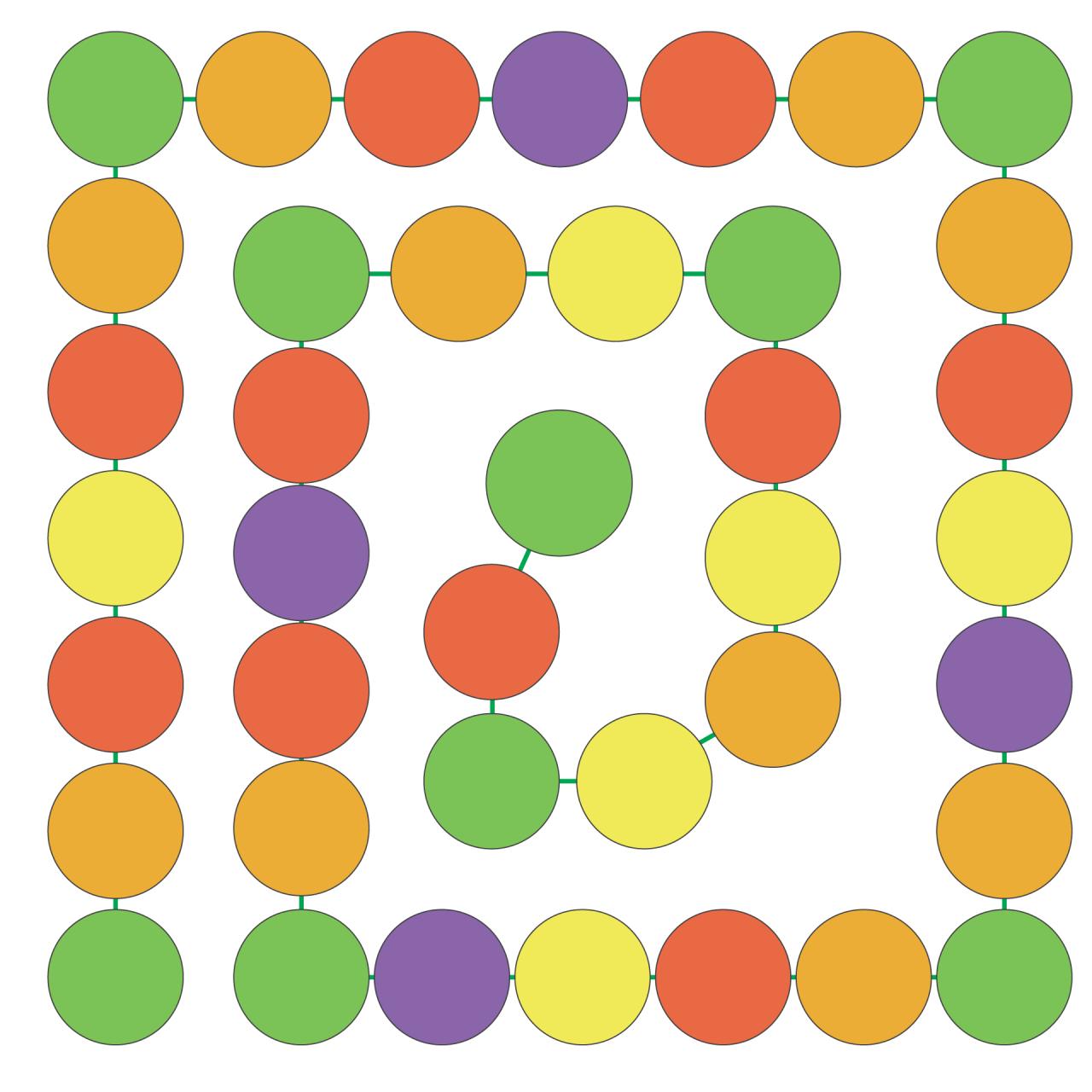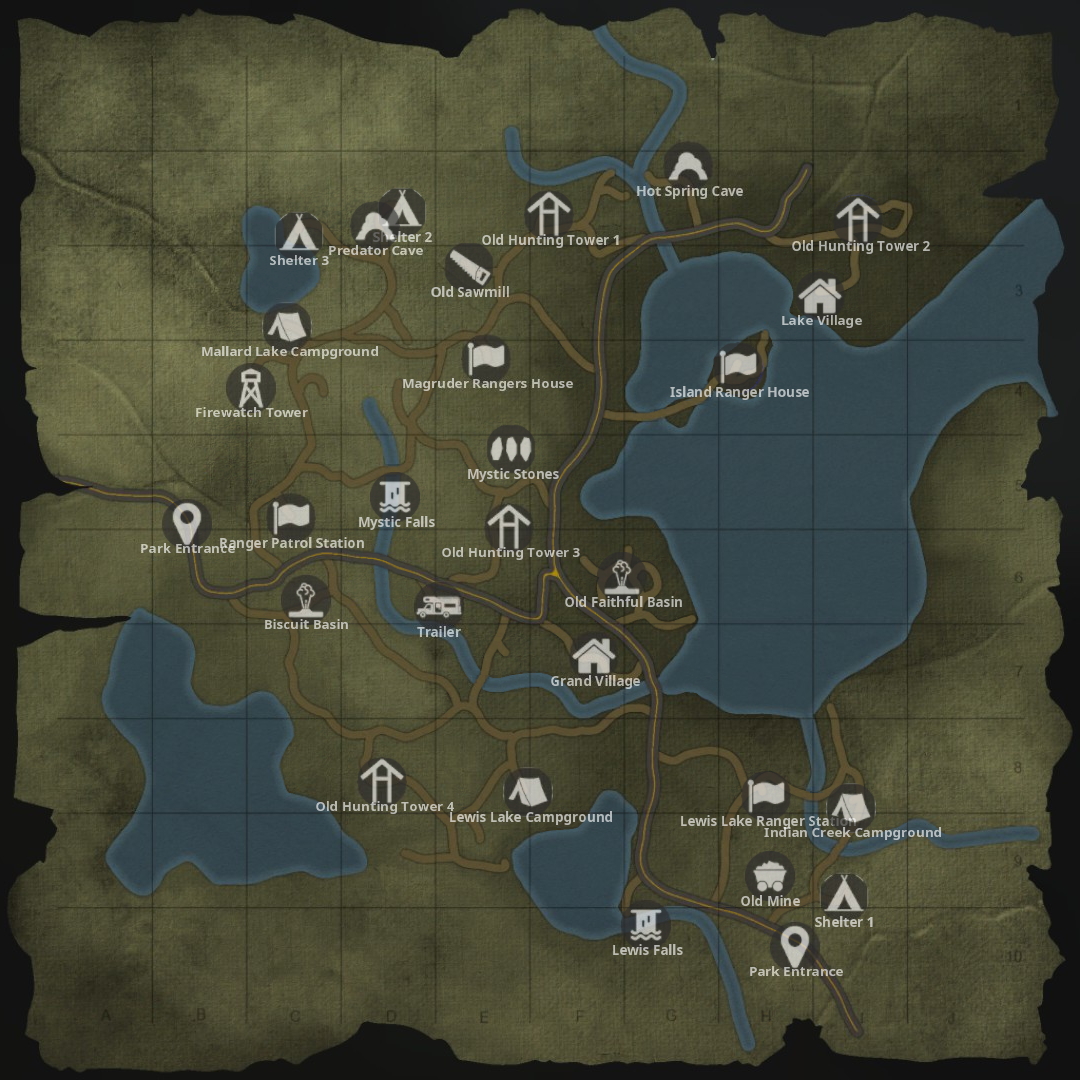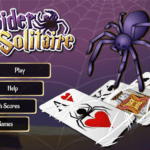Game online web takes center stage as it unveils the intricate journey from a simple idea to a fully-fledged digital universe. In this exploration, we delve into the essential steps of online game development, highlighting the crucial tools and technologies that empower creators to bring their visions to life. Furthermore, we emphasize the importance of user interface design, which plays a pivotal role in shaping an enjoyable gaming experience that captivates players.
The heart of online gaming lies in the gameplay mechanics that keep players immersed and engaged. From intuitive controls to dynamic multiplayer features that promote community interaction, every element is designed to enhance the player experience. Additionally, we’ll discuss the vital role of tutorials and onboarding processes, ensuring newcomers feel welcomed and equipped to dive into the action.
Online Game Development

The journey from a game concept to a fully launched online game involves a series of critical steps, each requiring specific skills and technologies. Understanding this process is essential for developers looking to create engaging and successful online gaming experiences. This discussion will delve into the essential stages of online game development, the tools and technologies commonly used, and the significance of user interface design for enhancing gameplay.
Essential Steps in Online Game Development
Creating an online game necessitates a structured approach, ensuring that all aspects of development are addressed efficiently. The fundamental steps typically include:
- Conceptualization: This is the initial phase where the game idea is conceived. It involves brainstorming the game mechanics, storyline, genre, and target audience.
- Design Document Creation: A game design document (GDD) Artikels the game concept, mechanics, characters, art style, and story. It serves as a blueprint for the development team.
- Prototyping: Developing a prototype allows the team to test core gameplay mechanics and determine feasibility. This stage often involves creating a basic version of the game.
- Development: In this phase, the actual coding takes place. Developers utilize programming languages and game engines to build the game, integrating graphics, sounds, and user interactions.
- Testing: Rigorous testing is crucial to identify bugs and gameplay issues. Beta testing allows a select group of users to experience the game before the official launch, providing valuable feedback.
- Launch: After ensuring the game is stable, it is launched on chosen platforms, accompanied by marketing efforts to attract players.
Tools and Technologies in Online Game Development
The online game development landscape is supported by a variety of tools and technologies that streamline the creation process. These include game engines, programming languages, and design software. Each plays a pivotal role in shaping the gaming experience.
“Game engines like Unity and Unreal Engine provide developers with robust frameworks to build immersive worlds, while programming languages such as C# and C++ allow for intricate gameplay mechanics.”
Key tools and technologies commonly utilized in the industry include:
- Game Engines: Unity, Unreal Engine, and Godot are popular choices that facilitate the development of both 2D and 3D games. They provide extensive libraries and community support.
- Graphics and Animation Software: Tools like Blender and Adobe Photoshop are essential for creating high-quality visuals and animations that enhance gameplay.
- Version Control Systems: Platforms such as Git and GitHub are critical for managing code and collaborating effectively among development teams.
- Networking Frameworks: Solutions like Photon and PlayFab assist in implementing multiplayer features, enabling real-time interactions among players.
- Analytics Tools: Tools such as Google Analytics and Unity Analytics help developers track player behavior and engagement, informing future updates and game design decisions.
Importance of User Interface Design in Online Gaming
User Interface (UI) design is a crucial element in crafting an engaging online gaming experience. A well-designed UI not only enhances player interaction but also contributes to the overall enjoyment and success of the game.
“A user-friendly interface can significantly reduce the learning curve for new players, allowing them to immerse themselves in the game without frustration.”
An effective UI design entails:
- Intuitive Navigation: Players should easily understand how to navigate menus and access game functions without confusion.
- Visual Feedback: Providing feedback through animations and notifications helps players understand their actions and the game state.
- Consistent Design Elements: Maintaining consistency in button styles, fonts, and color schemes helps create a cohesive visual experience.
- Accessibility Features: Incorporating accessibility options ensures that players of all abilities can enjoy the game, broadening the potential audience.
- Responsive Design: Adapting the UI for different devices and screen sizes is essential, especially as online games are played across various platforms.
Gameplay Mechanics and Features: Game Online Web

In the realm of online gaming, gameplay mechanics and features play a crucial role in shaping the player experience. These elements not only enhance engagement but also drive community interaction and foster a sense of belonging among players. A well-designed game employs various mechanics that keep players invested over time, making their experience enjoyable and memorable.
The effectiveness of gameplay mechanics can be seen in how they promote interaction, challenge, and reward players. These features can vary significantly across genres but often include elements such as competitive rankings, cooperative missions, and social tools that encourage collaboration. The balance between challenge and accessibility is vital to maintaining player interest, ensuring that players feel both challenged and capable of succeeding.
Engagement-Boosting Mechanics
Diverse gameplay mechanics contribute significantly to player engagement. Here are several key elements that stand out:
- Progression Systems: Players are motivated by clear progression paths, which can include leveling up, unlocking abilities, and earning rewards. These systems provide a sense of achievement and encourage continued play.
- Dynamic Environments: Interactive environments that change based on player actions or events can enhance immersion. Games like “Fortnite” feature changing landscapes that affect gameplay, keeping the experience fresh.
- In-Game Events: Time-limited events create urgency and excitement, rewarding players for participation. “World of Warcraft” regularly hosts events that bring the community together.
- Customization Options: Allowing players to customize their characters or gameplay experience fosters personal connection. Games such as “The Sims” empower players through extensive customization choices.
Multiplayer Features for Community Interaction
Multiplayer features are integral to creating a vibrant gaming community. These elements not only enhance the social aspect of gaming but also establish connections among players. Significant features include:
- Guilds and Clans: Players can form groups based on shared interests or goals. This fosters teamwork and camaraderie, as seen in games like “Guild Wars 2.”
- Voice and Text Chat: In-game communication tools allow players to strategize and socialize effectively, enhancing the collaborative experience.
- Competitive Modes: Ranked or competitive gameplay encourages players to improve their skills while engaging with others. Games such as “League of Legends” thrive on competitive dynamics.
- Community Events: Regular events organized by developers or players themselves, such as tournaments or challenges, can drive engagement and bring players together.
Tutorials and Onboarding Processes
A well-structured tutorial and onboarding process is essential for integrating new players into the gaming environment. These elements serve to educate players on the game mechanics, controls, and objectives, ensuring a smooth start. Key aspects include:
- Interactive Tutorials: Games like “Overwatch” utilize interactive tutorials that allow players to learn through practice rather than just instruction, making the process more intuitive.
- Gradual Difficulty Increase: Gradually introducing challenges allows new players to develop their skills without feeling overwhelmed. This pacing helps maintain player interest.
- Resource Availability: Providing in-game resources such as guides or tips can assist players in understanding complex mechanics, enhancing their overall experience.
“A game that understands its players will create an environment where they feel engaged, informed, and ready to explore.”
Through these carefully crafted gameplay mechanics and features, online games can create an engaging atmosphere that not only retains players but also fosters lasting connections within the gaming community.
Monetization Strategies

In the realm of online gaming, monetization strategies play a crucial role in generating revenue while maintaining player satisfaction. Game developers must strike a balance between profit generation and providing a rewarding experience for users. This section discusses various effective monetization methods, highlights the implications of advertisements in free-to-play games, and presents a comparative analysis of popular monetization techniques.
In-Game Purchases and Subscriptions, Game online web
In-game purchases and subscription models have become key components of revenue generation in the gaming industry. Developers can offer players the option to buy virtual goods, such as skins, weapons, or game currency, which can enhance their gaming experience.
The subscription model provides another avenue, allowing players to access premium content or features for a recurring fee. This strategy encourages player loyalty and ensures a steady income stream.
- In-Game Purchases: Players can buy specific items or enhancements that do not necessarily alter gameplay fairness but provide aesthetic or convenience advantages.
- Subscriptions: Typically involve a monthly or yearly fee for enhanced content access, exclusive items, or ad-free experiences, promoting long-term engagement.
Impact of Advertisements on Player Experience
Advertisements can significantly impact the player experience, particularly in free-to-play (F2P) games. While they provide developers with a crucial revenue stream, excessive or poorly integrated ads can lead to player frustration and disengagement.
It is essential for developers to find the right balance; strategic ad placements can enhance rather than detract from gameplay.
“A well-implemented advertisement can serve as a subtle reminder of the game’s value, rather than an interruption.”
- Positive Impact: When used sparingly, ads can help subsidize game costs and provide players with free content or bonuses.
- Negative Impact: Poorly executed ads can disrupt gameplay, leading to negative player feedback and potential loss of the player base.
Comparison of Monetization Methods
Different monetization methods possess unique advantages and disadvantages, which can affect their effectiveness in various gaming contexts. The following table summarizes these aspects for successful online games.
| Monetization Method | Advantages | Disadvantages |
|---|---|---|
| In-Game Purchases | High revenue potential; enhances customization; encourages microtransactions. | May lead to pay-to-win perceptions; can alienate non-paying players. |
| Subscriptions | Stable revenue stream; fosters player loyalty; provides exclusive content. | May limit audience reach; requires ongoing content updates to retain subscribers. |
| Advertisements | Offers free game access; can be lucrative with large user bases. | Risk of negative player experience; may require careful placement to avoid disrupting gameplay. |
| Season Passes | Encourages long-term engagement; provides players with a sense of progression. | Can be perceived as an additional cost; may alienate casual players. |
Final Wrap-Up

In conclusion, navigating the landscape of online game development reveals a tapestry of strategies, from captivating gameplay mechanics to effective monetization methods. By understanding the balance between player engagement and revenue generation, developers can create thriving gaming experiences. As the digital world continues to evolve, the potential for innovation in the game online web remains boundless, inviting both creators and players to join in the adventure.

